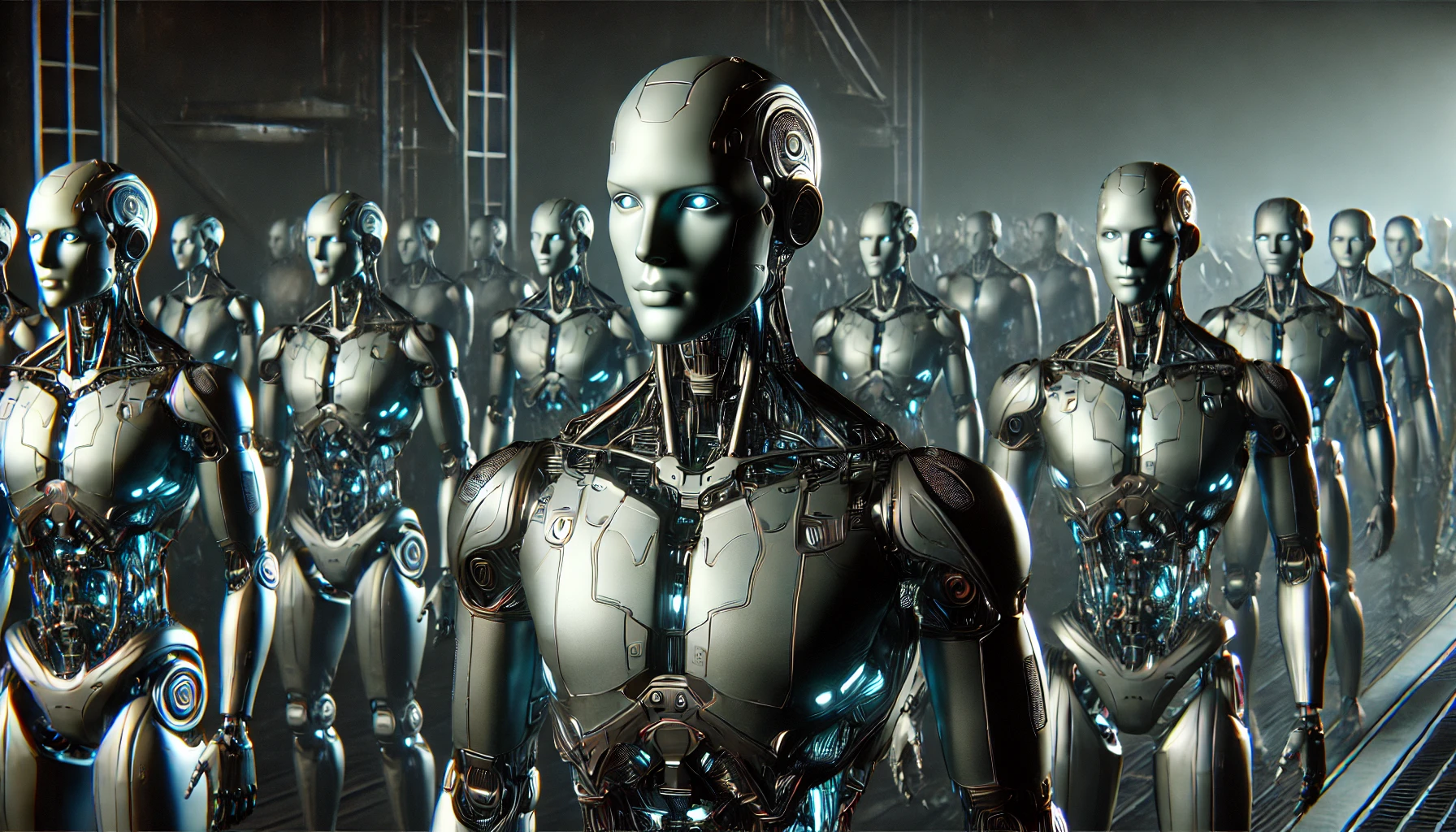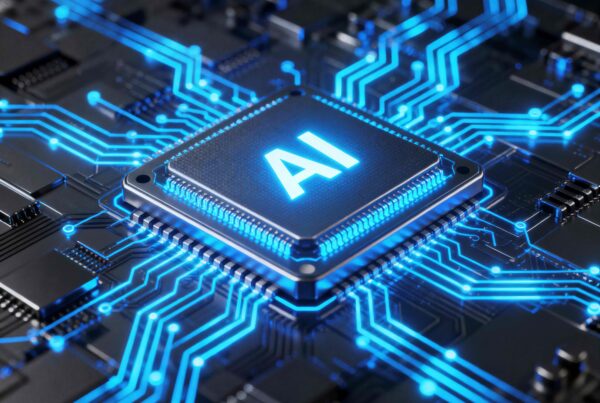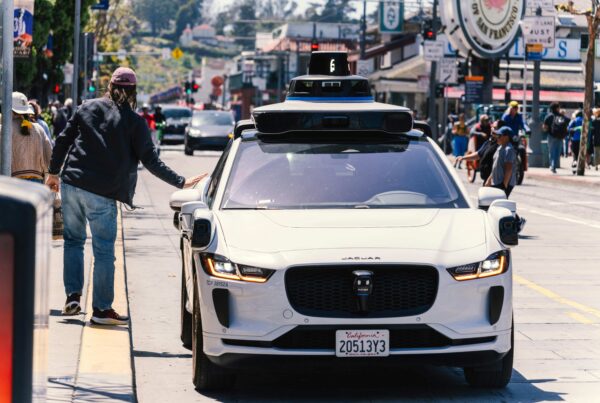Humanoid Robots: A New Era of Automation
No longer a terminator-esque sci-fi dream, humanoids are developing at a mind boggling rate; with a recent video from Unitree showing off there G1 humanoid performing a perfect 720 roundhouse kick.
Aside from the impressive Kungfu, humanoid robots are now a part of workforce life with what seems like a daily update of exciting new innovations. But what is driving this unprecedented pace of development?
Labour shortages is one aspect. Warehouses, logistics centres, automotive manufacturing, and even hospitals are deploying humanoid robots to enhance productivity while reducing operational costs. As the AI continues to improve, they’ll be able to learn and function autonomously in our workforce. Their ability to work tirelessly, improve efficiency, and enhance safety makes them an attractive investment for businesses looking to streamline operations.
Additionally, with recent enhancements in machine learning, humanoids are more adaptable than ever. Companies like Figure, Apptronik, and Tesla are developing humanoids that can walk, lift objects, and interact with humans naturally. Unlike traditional automation, these robots can function in human-designed environments without the need for extensive modifications.
Despite the potential of Humanoid robots, they face some tough challenges ahead. High costs, limited dexterity, energy efficiency issues are some technical hurdles; although with technology enhancements these will be cleared relatively quickly. The biggest challenge the humanoid industry faces is the ethical considerations, with a strong debate ongoing about offsetting the lack of jobs for employees against company cost saving.
If you are looking for a move in the robotics industry, or you are looking for the right robotics expert to join your team, then please reach out to Ben at ben@akkar.com!








